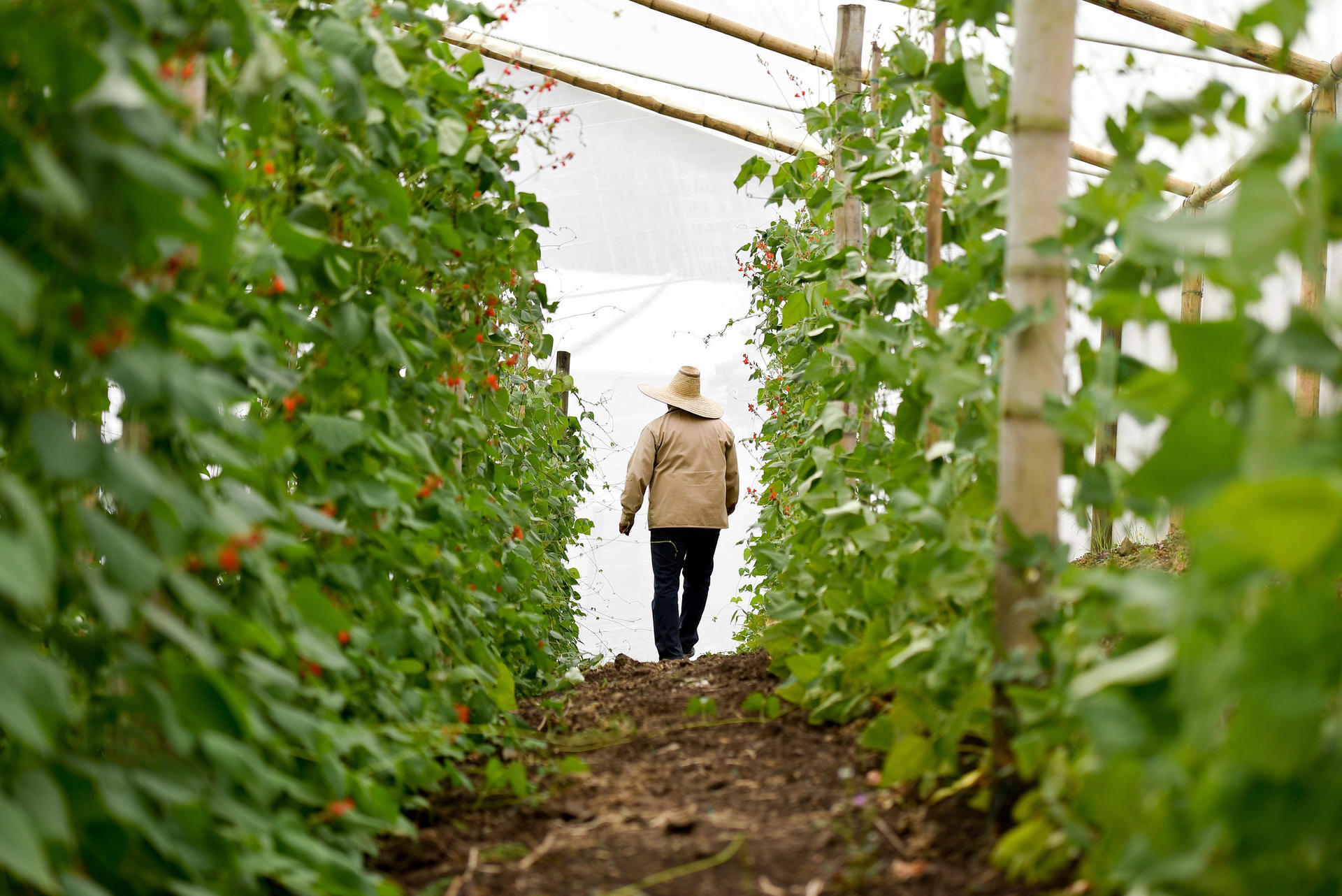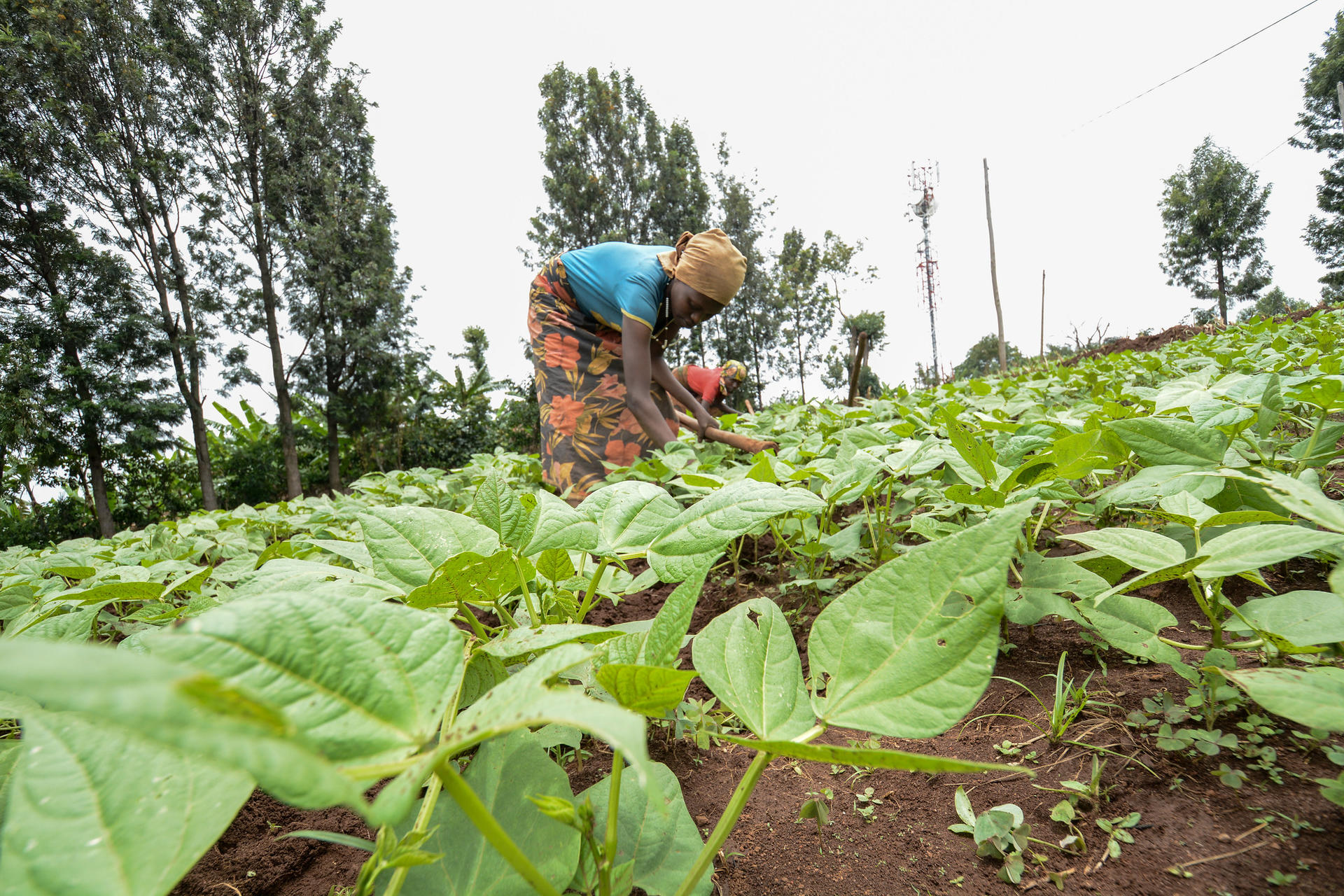History of bean research

For decades the Alliance has been researching beans towards realizing transformational impact in Africa through PABRA. Explore our history below.
The Bean Program was established in 1973 in the earliest days of the CGIAR system, soon after CIAT was established as part of an eco-regional focus on Latin America. Early efforts in bean improvement focused on disease and pest resistance, and nitrogen fixation, as components that were compatible with resource-poor smallholder farmers.
In the early 1980’s the first Bean Program staff was out-posted to Rwanda, in an initiative that eventually grew into the current regional PABRA consortium that over 25 years in 31 countries of Africa, has released 657 new bean varieties which have reached more than 37 million farmers (58% of whom are women).
Together with good farm management, these have more than doubled yields in many cases, thus significantly improving nutrition, health, and food security in Africa. PABRA takes on the challenges of climate change and gender equality. Our improved varieties mature early in 65 to 90 days, thus helping to reduce the risk of drought and harvest failure.
In addition, improved pest and disease tolerance and access to timely climate information enables farmers to further diminish risks. As a result, many smallholder farmers are already achieving significantly higher bean crop yields, thus enhancing their household income and food security.

Beans in Burundi: fighting malnutrition
The Pan-Africa Bean Research Alliance works with the Institut des Siences Agronomique du Burundi (ISABU), to give farmers access to improved beans. The beans have been bred with characteristics like high iron; some yield more produce and some are more resilient to drought. Researchers at ISABU are working with key farmers, to produce more beans. And they are linking producers who are adding value, for example by grinding beans into bean flour, to feed to children as part of a school feeding program to tackle malnutrition with World Vision.
©Alliance/GeorginaSmith
